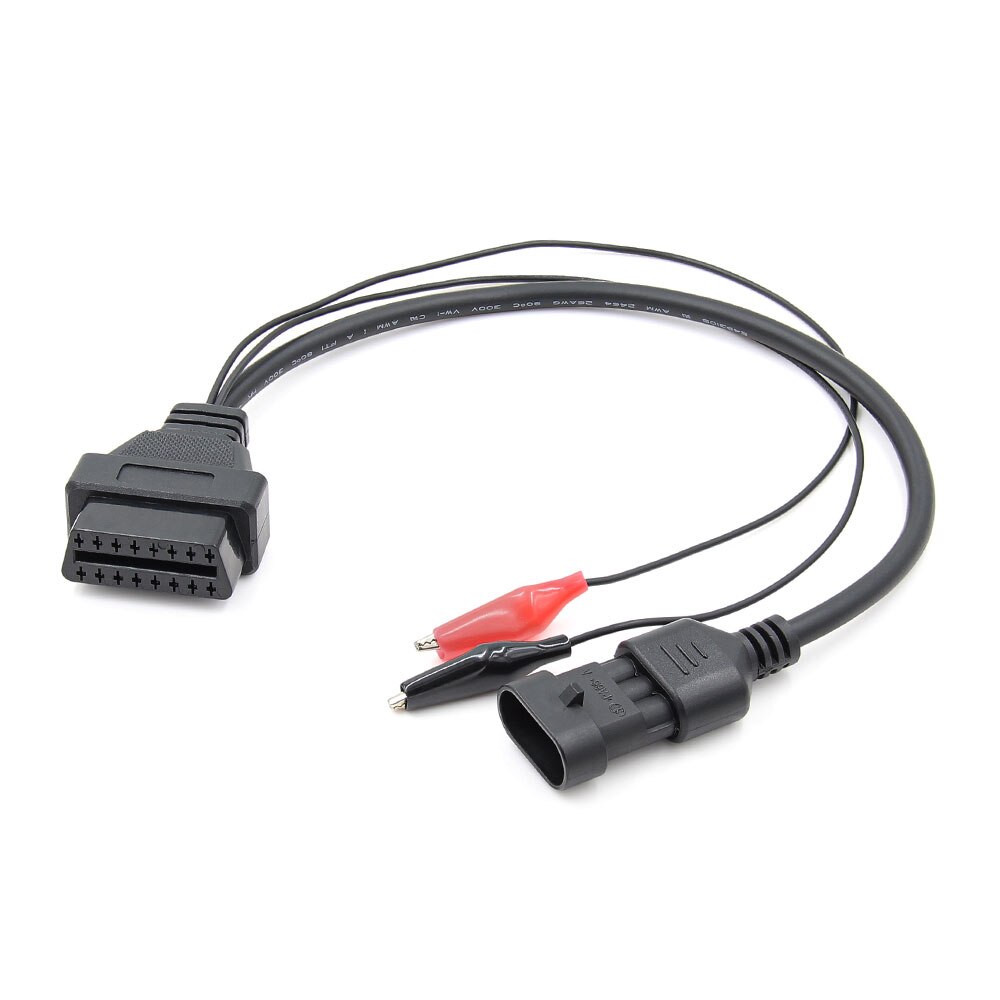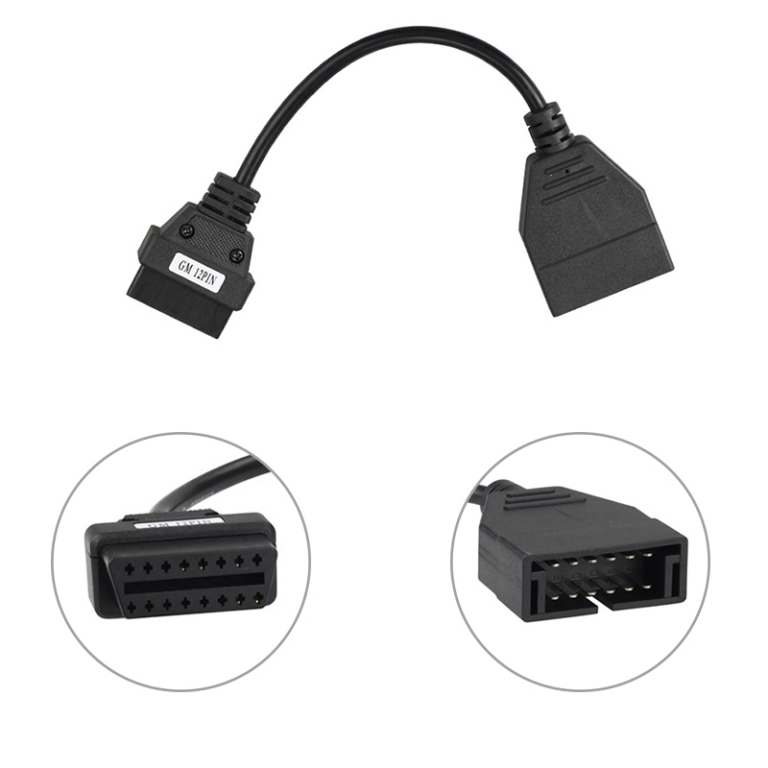

O2 sensor (extended range) bank 1, sensor 1 (lambda and volts)
#Gm obd1 diagnostic mode code#
Status since the last clearing of fault codesįault code that caused the recording of "freeze frame" dataĪir flow measured by the flowmeter in g/s Mode 2 is used to know the state of the PIDs when a fault is detected. Mode 1 is used to know the current value of the corresponding PID. The table below describes the main PIDs supported by modes 1 and 2. Only several road cycles with no appearance of the problem can clear the fault. Unlike modes 3 and 7, these codes cannot be cleared using mode 4. The codes used are identical to those in modes 3 and 7. This mode gives the permanent fault codes.


This mode gives the freeze frame (or instantaneous) data of a fault. As for the modes, not all cars support all PIDs. The OBD standard (updated in 2007) includes 137 PIDs. For example, the standard stipulates that the engine speed has a PID of 12. information about oxygen sensors and air/fuel mixtureĮach sensor is characterised by a number called PID (Parameter Identifier) used to identify the parameter.This mode returns the common values for some sensors such as: (More details and actual code definitions can be found on this page: Generic/Manufacturer OBD2 (OBD II) Codes and Meanings and via this comprehensive OBD technical manual. Here's what information each mode reports about the car. the greater the chance of it supporting more modes. Not each mode is supported by the vehicles engine ECU (ECM).


 0 kommentar(er)
0 kommentar(er)
